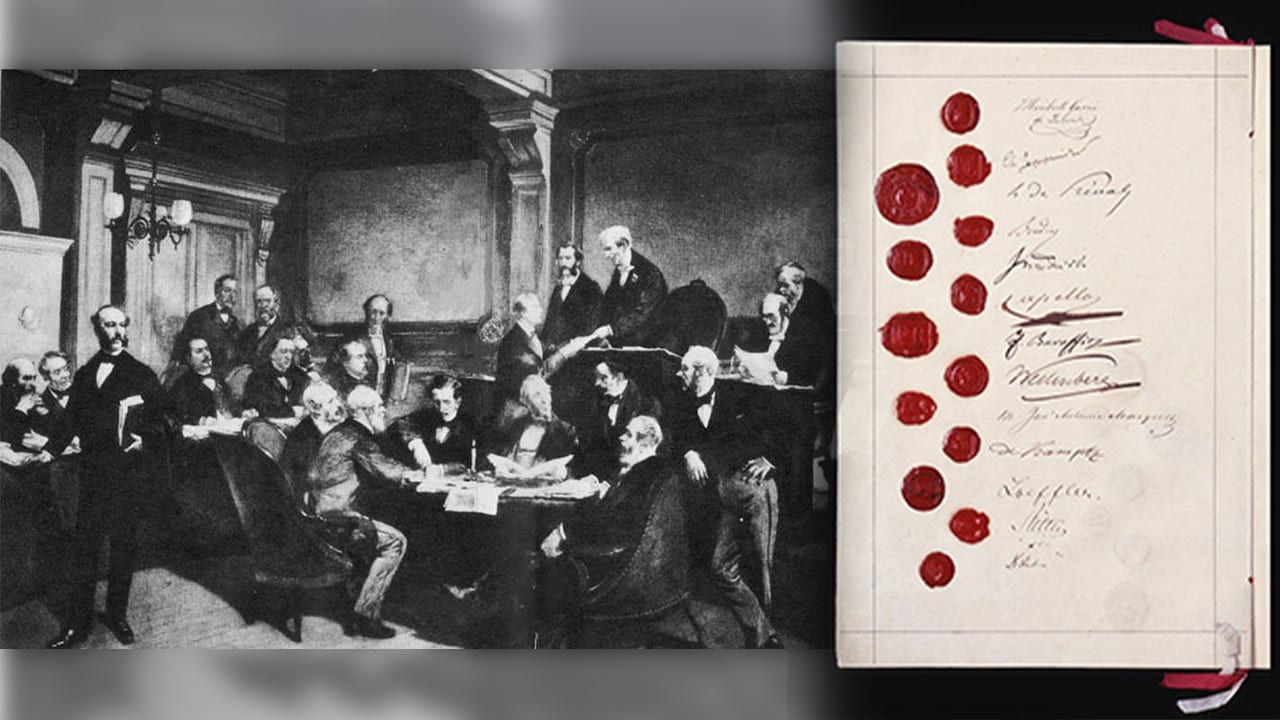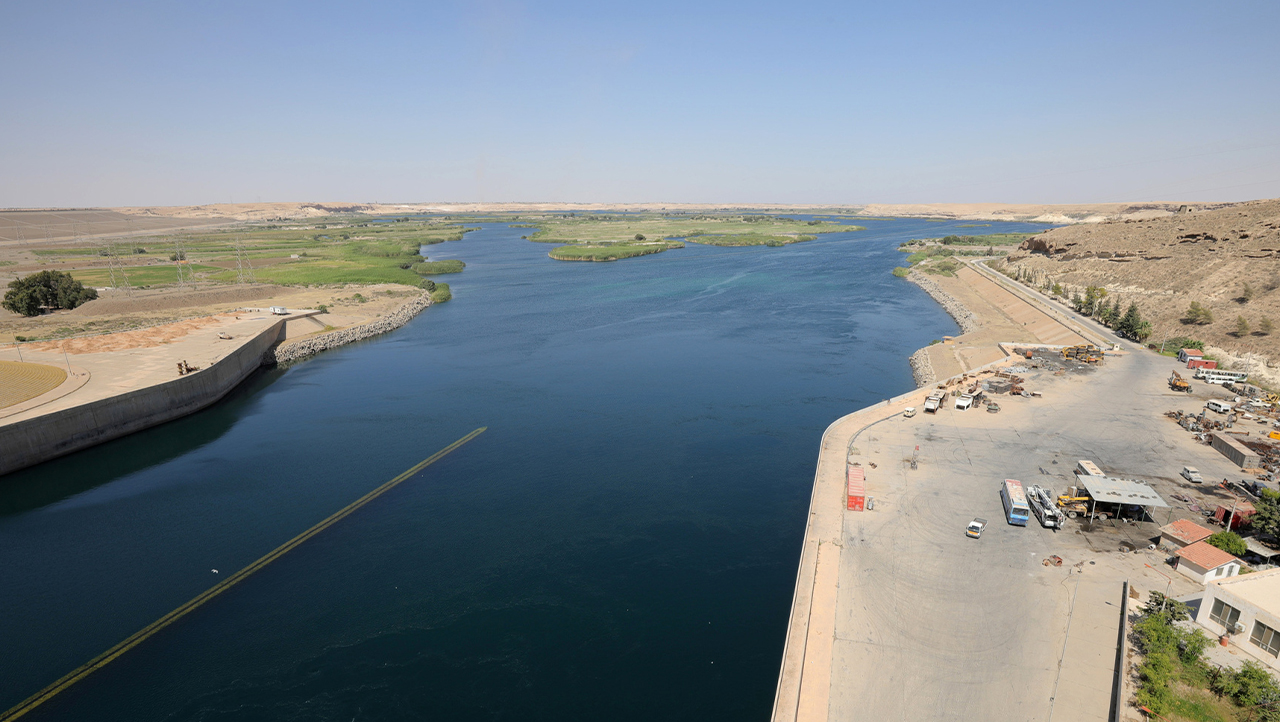Robin Fleming
Israel’s recent shelling of Gaza has left over 3,000 Palestinian civilians dead, and has also plunged the region as a whole into a deep humanitarian crisis.
As Gaza is being flattened by constant bombardment, as Turkish attacks on infrastructure in North and East Syria (NES) continue to occur and as civilians get more desperate, there seems to be a shortage of everything except for people online speculating about whether Israel is or isn’t justified or within its rights as civilian death tolls rise. Though Turkey’s actions are not in the spotlight at the moment, there are always people willing to defend any military move from Turkey as necessary self-defense.
If you’re like me, you’re tired of reading what people speculate on Twitter. So let us actually check what is laid out in international law and conventions, to see if Israel and Turkey are indeed within their rights. And if not, let us ask ourselves how and why International Law fails in its aim of preventing harm towards noncombatants so often in armed conflict, looking at the recent actions of Israel and Turkey as the main examples. Keeping in mind both countries are signatories of the Geneva Convention.

The Geneva Convention is a series of international treaties, signed by 196 countries, aiming to limit the impact of war on civilian populations. The Geneva Convention is an integral part of International Humanitarian Law.
In 1949, after the horrors of World War 2, the writing and preparation of a series of international treaties were concluded in Geneva (with two additional protocols being added subsequently). Their aim was to limit the negative affects of war on soldiers, and more particularly, on civilians.
The Geneva Convention comprises a very large part of International Humanitarian Law (IHL). According to the International Committee of the Red Cross (ICRC), IHL is ‘a set of rules which seek…to limit the effects of armed conflict. It protects persons who are not or are no longer participating in the hostilities and restricts the means and methods of warfare.’
Rule one of IHL lays out the necessity of ‘Distinction between Civilians and Combatants’ within an armed conflict, specifically saying all parties engaged in a conflict ‘must distinguish between civilians and combatants. Attacks may only be directed against combatants. Attacks must not be directed against civilians.’
Sounds promising, right? Uncontroversial? I want to specifically call attention to Article 54 of IHL, which I will include here verbatim, wishing to avoid any misrepresentation.

Hundreds of thousands of civilians in North and East Syria have been negatively impacted by Turkish attacks on water infrastructure, particularly Allouk water station.
Article 54 – Protection of objects indispensable to the survival of the civilian population
1. Starvation of civilians as a method of warfare is prohibited.
2. It is prohibited to attack, destroy, remove or render useless objects indispensable to the survival of the civilian population, such as foodstuffs, agricultural areas for the production of foodstuffs, crops, livestock, drinking water installations and supplies and irrigation works, for the specific purpose of denying them for their sustenance value to the civilian population or to the adverse Party, whatever the motive, whether in order to starve out civilians, to cause them to move away, or for any other motive.
3. The prohibitions in paragraph 2 shall not apply to such of the objects covered by it as are used by an adverse Party:
(a) as sustenance solely for the members of its armed forces; or
(b) if not as sustenance, then in direct support of military action, provided, however, that in no event shall actions against these objects be taken which may be expected to leave the civilian population with such inadequate food or water as to cause its starvation or force its movement.
4. These objects shall not be made the object of reprisals.
5. In recognition of the vital requirements of any Party to the conflict in the defence of its national territory against invasion, derogation from the prohibitions contained in paragraph 2 may be made by a Party to the conflict within such territory under its own control where required by imperative military necessity.
It would be difficult to argue that in a conflict, as in Gaza, which has killed approximately 4,000 Palestinians, of which 3,420 are civilians, that Israel is ‘distinguishing between civilians and combatants.’ Or indeed that the Turkish Foreign Minister, Hakan Fidan, who directly said all infrastructure connected to the Peoples’ Protection Units (YPG) is ‘from now on… the legitimate target of our security forces’, is operating with respect for international law and conventions.
In the next part of ‘A Deeper Look’ I intend to focus in on Israel’s actions in Gaza through the lens of Rule 1 of IHL and Article 54, to see whether or not the Israeli Defense Forces (IDF) are in violation of IHL.
The Israel-Palestine conflict has come into the spotlight once again after Hamas, a militant Palestinian group, launched a deadly surprise attack on Israel resulting in at least 1,400 fatalities, and 200 individuals being kidnapped by the militant group.
Following this attack, the IDF has begun a heavy military campaign targeting the Hamas-controlled Gaza strip, resulting in thousands of civilian casualties, and also damage to infrastructure.
Robin Fleming is an American Researcher who worked with the Rojava Information Centre and specialises in North and East Syria.










